According to Microsoft These Are The Jobs Most At Risk From AI
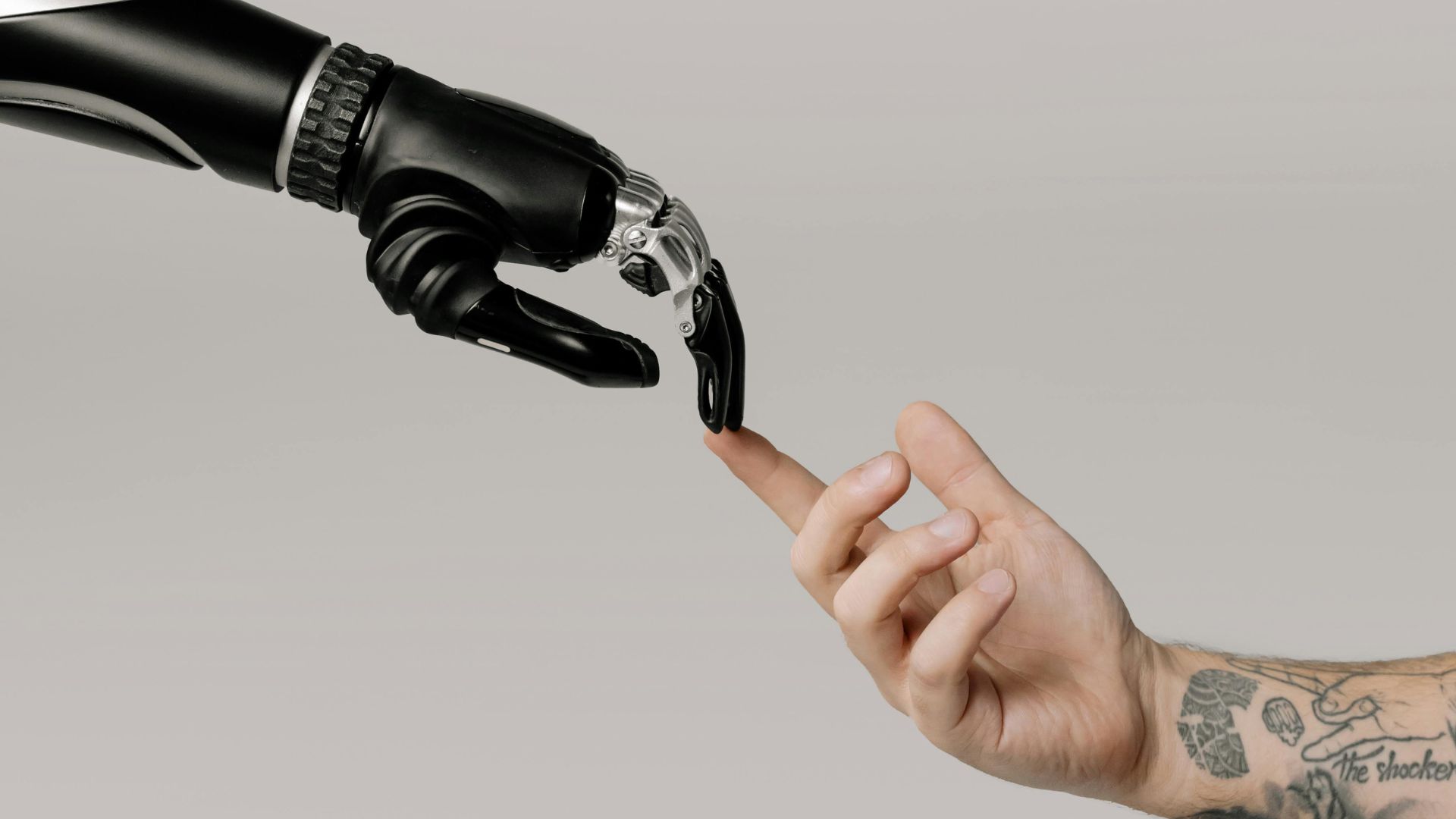

Artificial intelligence is continually shaking up workplaces, and Microsoft has taken a closer look at how it could impact careers. Their research suggests that certain jobs may be more susceptible to the effects than others. From creative tasks to technical work, AI is stepping into spaces once thought safe from automation. Some roles could shift dramatically, while others might simply adapt with new tools. The report offers a snapshot of how work could look in the years ahead.
Microsoft Analyzes 200,000 Anonymous Copilot Conversations

Microsoft gathered insights from a huge pool of 200,000 anonymous Copilot chats to see how people actually use AI at work. The findings help show which tasks employees hand over to the tool and where AI might make the biggest impact. People from many industries leaned on Copilot for support, so the data gave Microsoft a wide look at how jobs could shift as AI becomes part of daily routines.
Technical Writers Show Highest AI Applicability Score

Microsoft’s report put technical writers at the very top, giving them the highest AI applicability score. Their daily work already involves structured tasks like drafting, editing, and formatting, so AI can step in with speed and accuracy. It doesn’t replace creativity, but it does handle repetitive parts of the job with ease. That’s why technical writing stood out in the findings, showing just how much AI could reshape the way content gets produced in that field.
Physical Labor Jobs Demonstrate Minimal AI Overlap

Microsoft’s research showed that physical labor roles stand apart from many others, since AI tools don’t easily handle hands-on work. Jobs that require movement, coordination, and direct interaction are harder to automate, so the overlap with AI stays very low. Fields like construction, maintenance, and similar trades continue to rely on human skill. The report highlights how these positions remain less touched by AI, showing that not every type of work faces the same level of change.
Knowledge-Based Roles Face Greatest Technology Integration
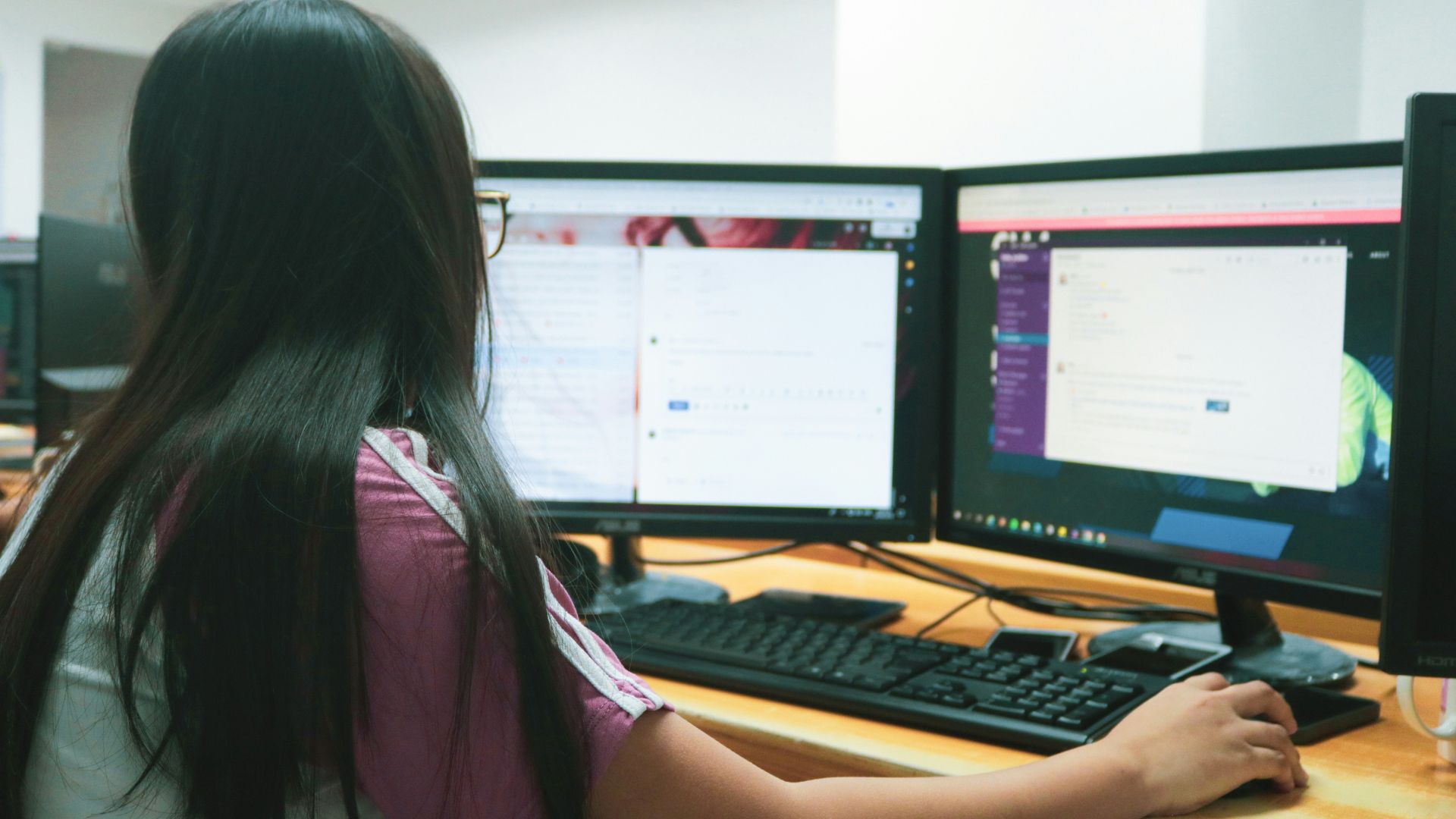
Microsoft’s analysis found that knowledge-based jobs line up most with AI tools, since so much of the work happens on computers. Tasks like research, data review, and structured writing can be handled quickly with AI support, so these roles show higher overlap. Jobs in fields like law, finance, and administration stand out in the findings. The data suggests that knowledge workers could see bigger changes ahead, as AI gets folded into more of their everyday tasks.
Bank Teller Model Shows Job Evolution

Microsoft pointed to the bank teller example to show how jobs can change when new technology enters the picture. ATMs didn’t erase tellers, but they did shift the work toward customer service and more complex tasks. The same idea applies to AI today, so roles might adapt rather than vanish. It’s a reminder that technology often reshapes jobs in unexpected ways, and workers usually end up focusing on areas where human interaction still matters most.
Computer and Mathematical Occupations Lead Risk Categories
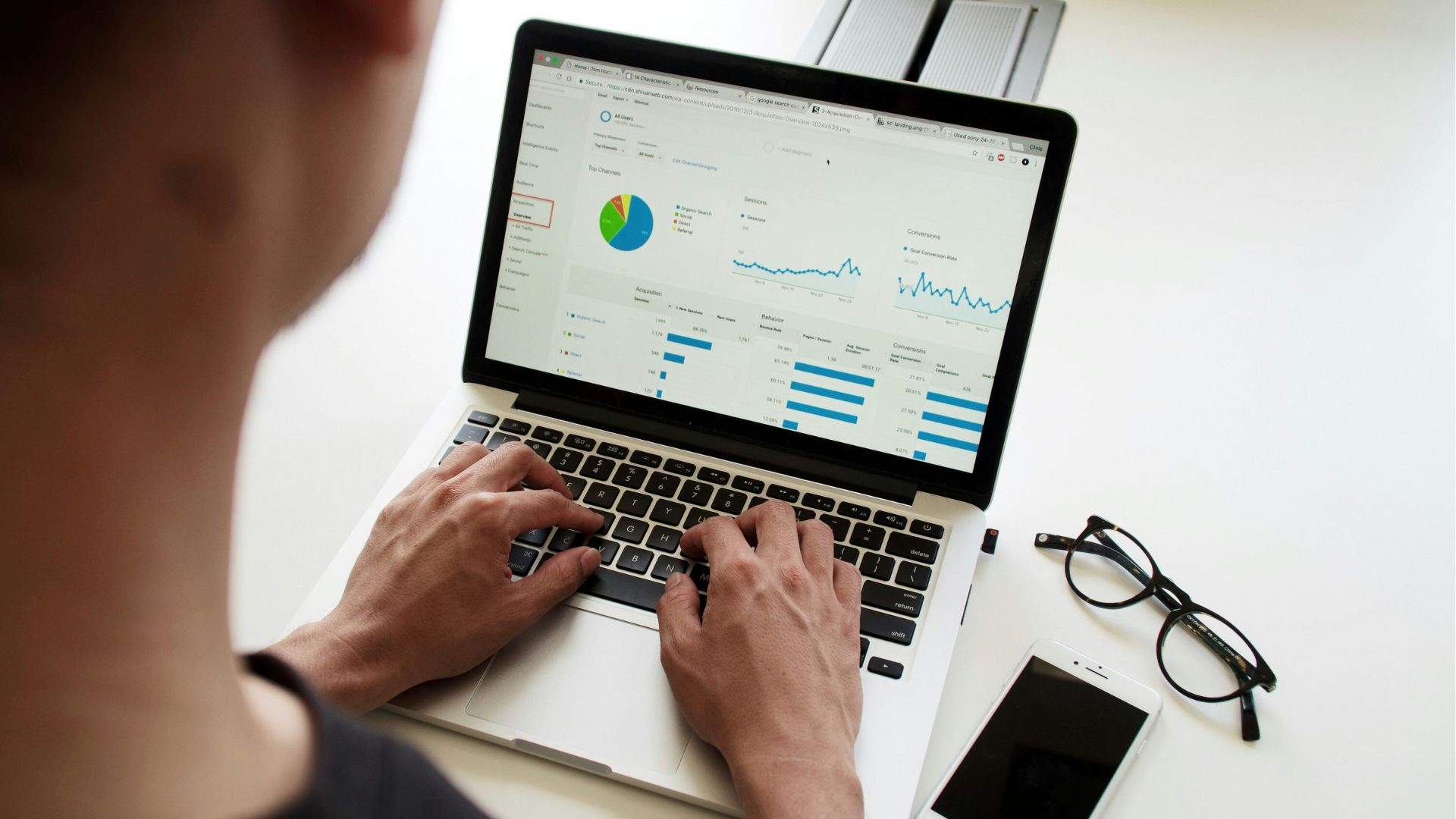
Microsoft’s report showed that computer and mathematical roles sit high on the list for AI impact. These jobs already involve structured tasks, coding, and data analysis, so AI can step in with real efficiency. That doesn’t mean the work disappears, but it does shift how it gets done. Many professionals in these fields may just find themselves leaning on AI more often, letting the technology handle repetitive steps while they focus on higher-level problem-solving.
Medical Equipment Preparers Remain AI-Resistant
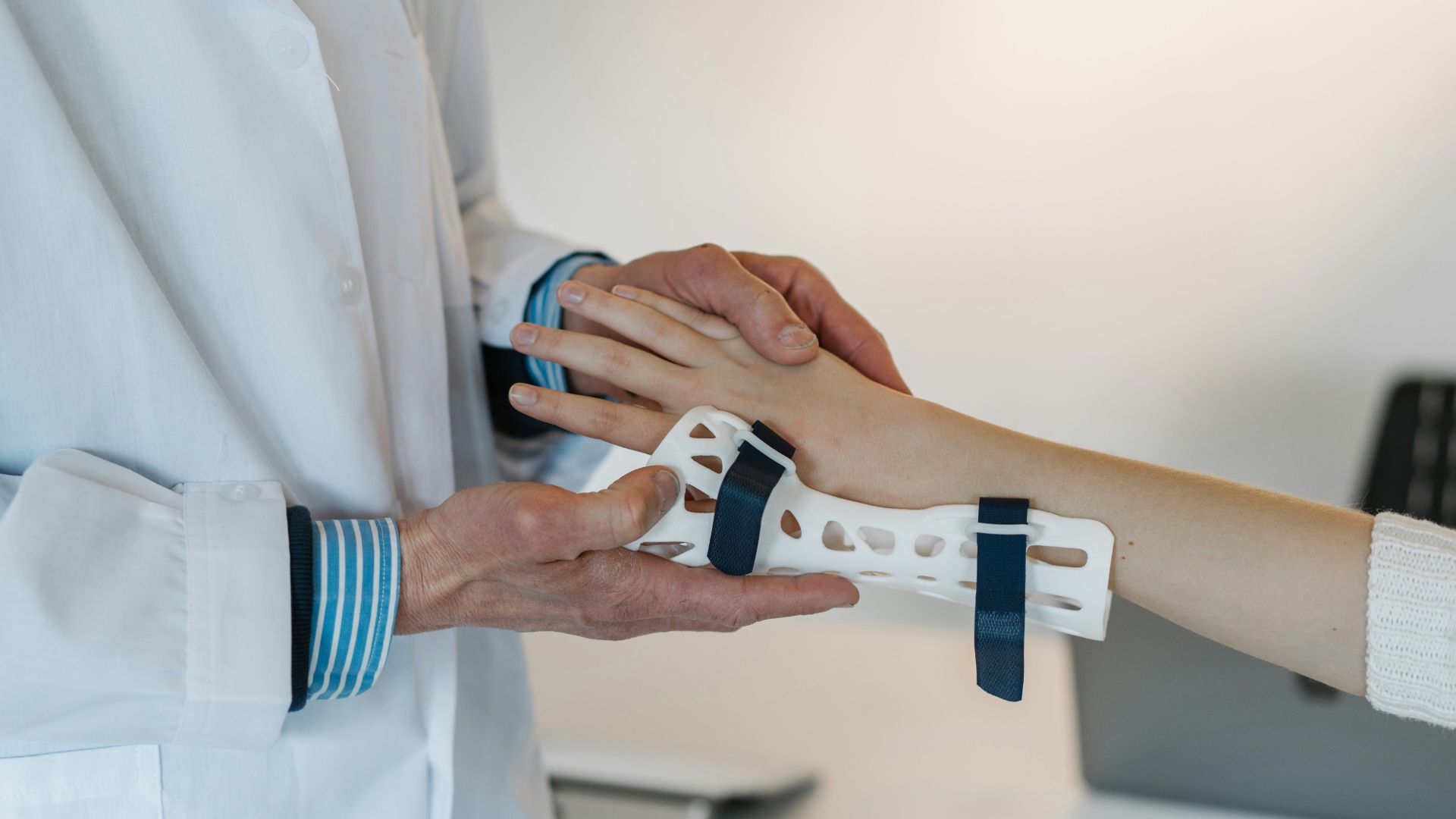
Microsoft’s findings showed that medical equipment preparers land on the lower end of AI overlap. Their work depends on precision handling, sterilization, and constant attention to safety steps, so AI doesn’t easily step into those duties. The role stays grounded in hands-on tasks that require human presence. It also shows how some healthcare jobs keep a stronger layer of protection from automation, since the daily work can’t just shift onto algorithms or digital systems.
Study Maps Real-World Data Against Government Job Classifications

Microsoft didn’t just look at AI use in the workplace. The study also lined up those findings with official government job categories to see where overlap showed up most. That made the results easier to connect to everyday careers, so people could just see how their own field measures against AI tools. It also gave a clear picture of which roles lean heavily toward automation and which ones stay more resistant to technological change.
What Workers Can Take Away From Microsoft’s Findings
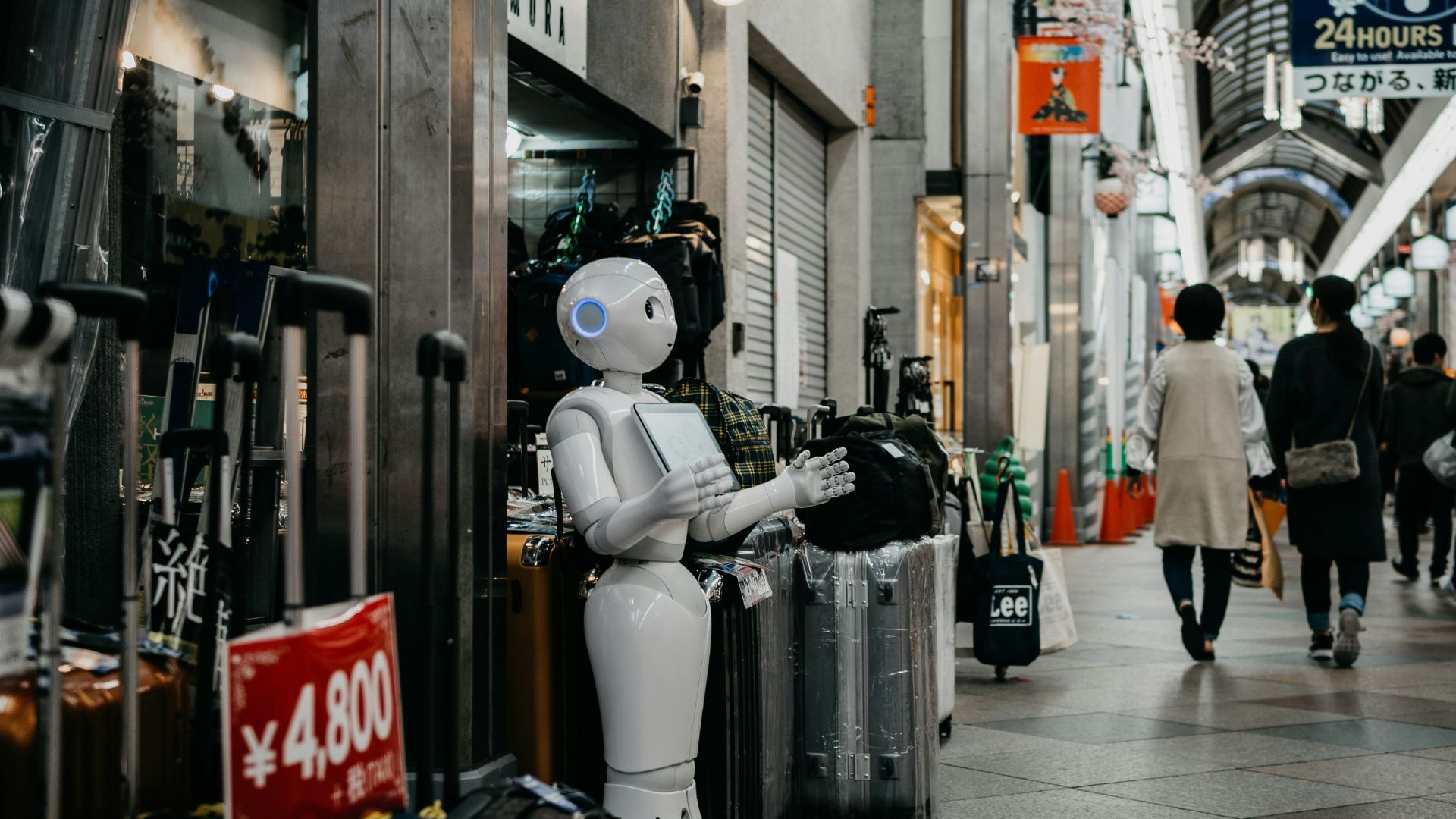
AI is moving quickly into everyday jobs, so staying flexible can help workers adjust as tasks change. Microsoft’s study shows that some careers feel the impact sooner, while others remain less touched. Paying attention to how tools like Copilot fit into daily work makes it easier to adapt. Learning new skills, keeping up with technology, and staying open to change can make a real difference in how people handle shifts in their industries.